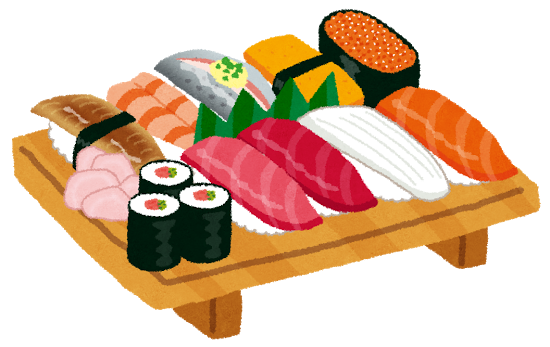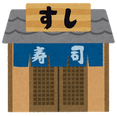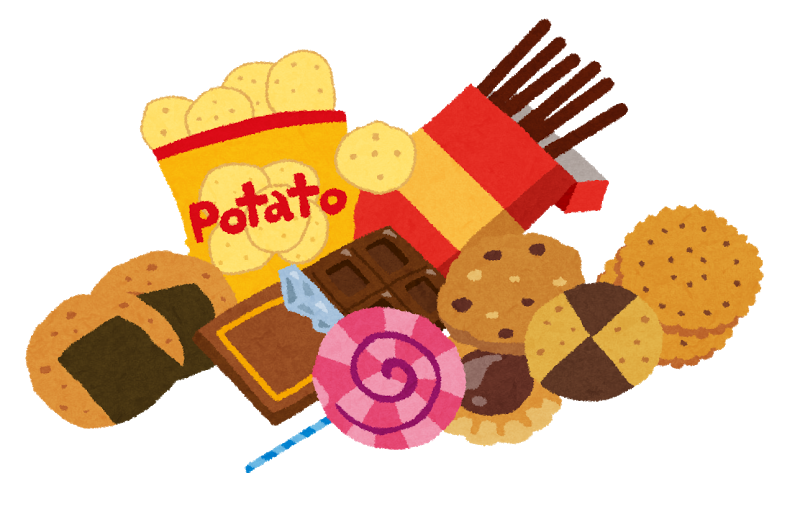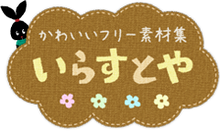Connectives
Words for joining ideas/expressing contrasts/expressing cause and effect
Connectives for adding similar information
e.g: furthermore, what's more, in addition
e.g: furthermore, what's more, in addition
・それに・そして・
- それに - in addition; furthermore
|
それに links ideas in a new sentence/clause, building on what has just been mentioned and/or adding supporting information. それに comes at the beginning of the sentence or in front of the new clause.
あの レストラン は おいしい です。それに やすい です。
東京 は とても ひろくて、それに 人 が おおい です。
|
- そして - and; and then
Connectives for adding contrasting information / offering alternative points of view
e.g: however, but
e.g: however, but
・しかし・でも・けど・だけど・が・
- しかし - however
- でも - however
- けど・が - but
|
けど is used to join two sentences or clauses to show a contrast. けど is not used in formal language
(use が), but is suitable for informal speech. Use けど after a verb or i-adjective. けど cannot stand by itself at the beginning of a sentence. (けど is the shortened, informal version of けれども. ) Informal language
おかし は おいしい けど、あまり へルシー じゃない です。
Formal language おかし は おいしい です が、あまり へルシー では ありません。
|
- だけど - but , however
|
だけど is used after a noun or a na-adjective. It joins two sentences or clauses to show a contrast in the same way as けど (above), Similarly, だけど is also not used in formal writing, but is suitable for informal speech. In addition, だけど can be used at the beginning of a sentence, in the same way as しかし.
しんかんせん は べんり だけど、とても たかい です。
|
Connectives for expressing reasons / cause and consequence
e.g: therefore; so; but
e.g: therefore; so; but
・から・だから・
You'll find explanations and examples for から・だから here








